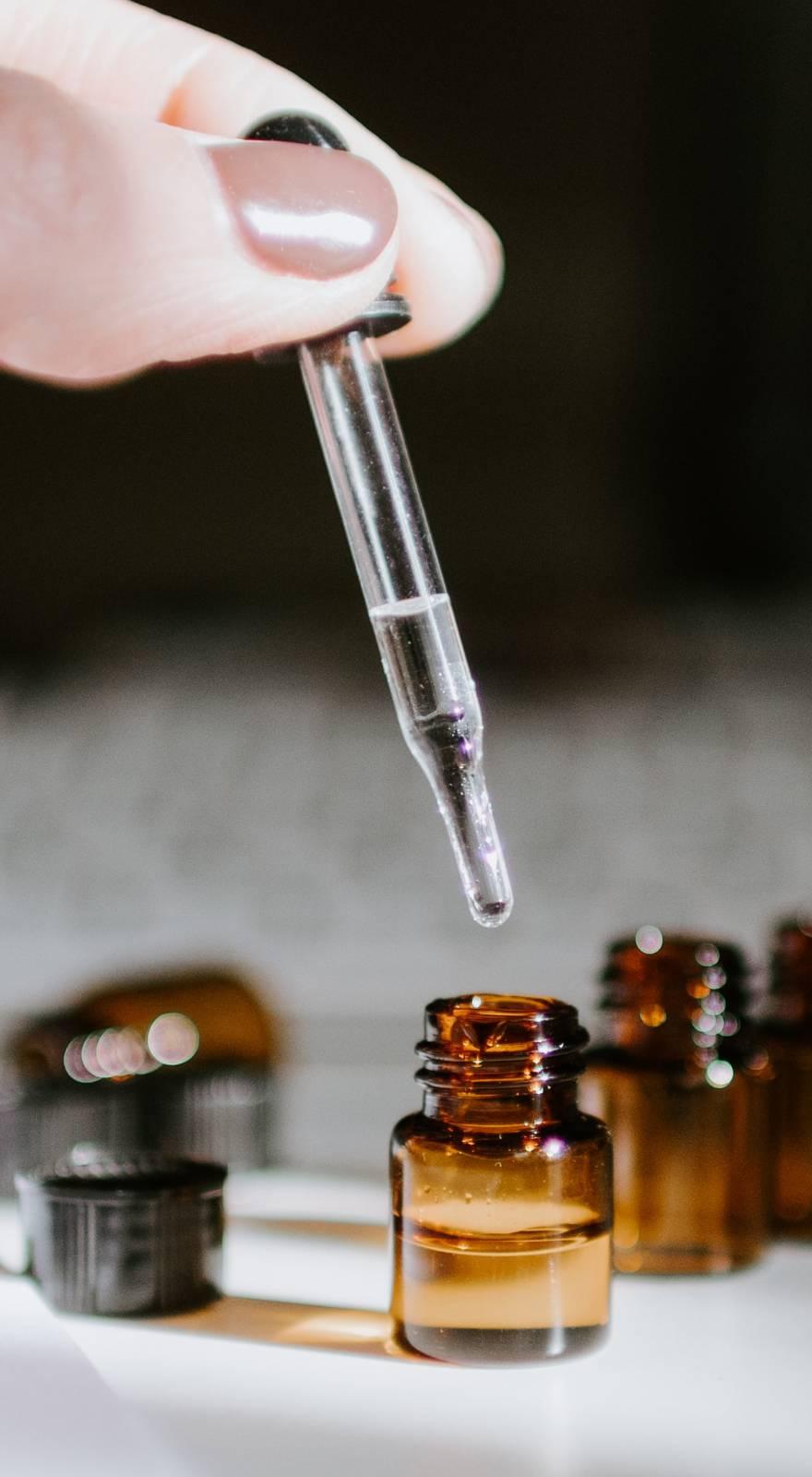Knowde Enhanced TDS
Identification & Functionality
- Chemical Family
- Chemical Name
- INCI Name
- Cleaning Ingredients Functions
- Cosmetic Ingredients Functions
- Pharma & Nutraceuticals Functions
- CAS No.
- 527-07-1
- EC No.
- 208-407-7
- Product Families
Features & Benefits
- Benefit Claims
- Labeling Claims
- HII Features
- Product Profile
Sodium gluconate is the sodium salt of gluconic acid, produced by fermentation of glucose. It is a white to tan, granular to fine, crystalline powder, very soluble in water. Non corrosive, non-toxic and readily biodegradable (98 % after 2 days), sodium gluconate is more and more appreciated as chelating agent.
The outstanding property of sodium gluconate is its excellent chelating power, especially in alkaline and concentrated alkaline solutions. It forms stable chelates with calcium, iron, copper, aluminum and other heavy metals, and in this respect, it surpasses all other chelating agents, such as EDTA, NTA and related compounds.
Aqueous solutions of sodium gluconate are resistant to oxidation and reduction, even at high temperatures. However, it is easily degraded biologically (98 % after 2 days), and thus presents no wastewater problem.
Sodium gluconate is also a highly efficient set retarder and a good plasticiser / water reducer for concrete, mortar and gypsum.
And last but not least, it has the property to inhibit bitterness in foodstuffs.- Product Highlights
- Non-toxic
- Easily biodegradable (98% after 2 days)
- Mask off-taste
- Reduce astringency
- Suppress metallic flavor
- Minimize bitterness
- Modulate sweetness
- Regulate sourness intensity and duration
Applications & Uses
- Applications
- Application Format
- Baby Care Applications
- Bath & Shower Applications
- Color Cosmetic Applications
- Hair Care Applications
- Oral Care Applications
- Other Beauty & Care Applications
- Skin Care Applications
- Sun Care Applications
- Treatment Product Applications
- Recommended Uses
Industrial Applications
- Agrochemicals, Fertilizers
- Construction
- Fine Chemicals
- Inks, Paints, Coatings
- Metal Surface Treatment
- Paper
- Textile, Leather
Food
- Baby Food, Infant Formula
- Cereals, Snacks
- Confectionery
- Flavors
- Fruits, Vegetables
- Meat, Seafood
- Ready Meals, Instant Food
- Sauces, Dressings, Seasonings
- Table Top Products
Beverages
- Carbonated Soft Drinks
- RTD Tea and Coffee
- Sports and Energy Drinks
- Waters
Personal Care
- Color Cosmetics
- Hair Care
- Oral Care
- Skin Care
- Soap and Bath Products
Cleaners & Detergents
- Dish Washing
- Industrial Cleaners
- Laundry Care
- Surface Care
Feed & Pet Food
- Feed
- Pet Food
Healthcare
- OTC, Food Supplements
Field of application as flavor
- Beverages (Non-alcoholic & alcoholic, instant coffees & tea)
- Baked goods, breakfast cereals, snack foods, nut products
- Cheese, frozen dairy, imitation dairy
- Condiments and relishes, jams and jellies, processed fruits, processed vegetables
- Egg products, fish products, meat products, poultry
- Confections & frostings, fruit ices, sugar substitutes, sweet sauces
- Gravies, soups, seasonings and flavors
Properties
- Appearance
- Powder or granules
Regulatory & Compliance
- Certifications & Compliance
- Grade
- Regulatory Clearances
Jungbunzlauer offers a food as well as a technical grade of sodium gluconate. The sodium gluconate food grade is supplied in accordance with the latest requirements of the United States Pharmacopeia (USP), the Food Chemicals Codex (FCC) and of Commission Regulation (EU) No. 231/2012.
In Europe, sodium gluconate is listed as a generally permitted food additive (E576) and may be added to all foodstuffs, following the "quantum satis" principle, as long as no special regulation restricts the use.
The US Food and Drug Administration (FDA) assigned sodium gluconate the “generally recognized as safe” (GRAS) status and permitted its use in food without limitation other than current good manufacturing practice.Sodium gluconate is exempted from the Registration, Evaluation, Authorisation and Restriction of Chemicals (REACH) by means of
Commission Regulation (EC) No. 987/2008 of 8 October, 2008 (amending Annex IV). As a consequence thereof, there is no need to register sodium gluconate.
Packaging & Availability
- Regional Availability
- Packaging
Jungbunzlauer sodium gluconate is available in 25 kg net polyethylene (LDPE) bags or in 1000 kg net polypropylene big bags.

